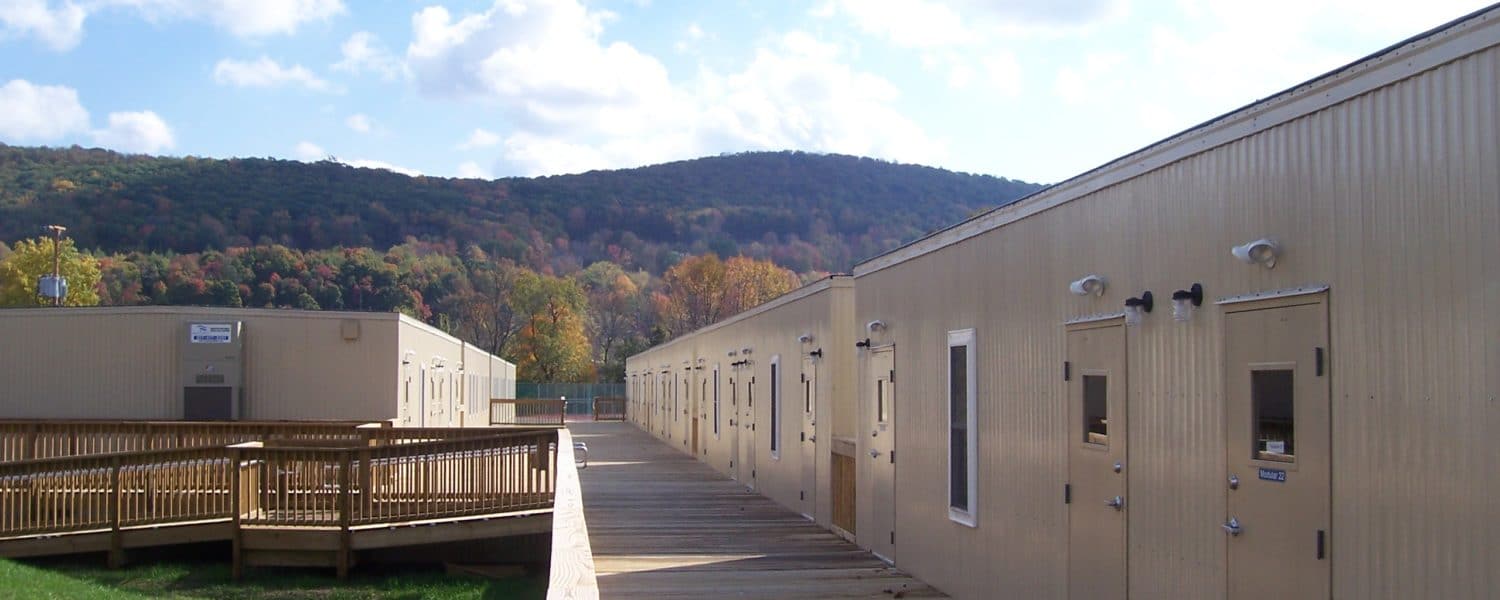Modular buildings are the epitome of modern construction, symbolizing how technology and research has led us to develop structures that are cost-effective and energy-efficient.
With the potential to cut costs by 20 percent, it is not surprising why modular buildings are gaining popularity across the globe.
Want to know more? This guide will walk you through the different aspects of modular buildings, and what makes them unique.
MODULAR VS. CONVENTIONAL – WHAT IS THE DIFFERENCE?
Modular buildings, as the name implies, are built in separate modules in an off-site factory. As opposed to conventional on-site buildings that are constructed from the ground up, these structures are made using prefabricating methodology.
Simply put, this allows a building to be constructed in individual sections (modules) by leveraging assembly line techniques.
While modular buildings resemble conventional structures as far as raw materials and building codes are concerned, a shorter building schedule and considerable savings are what makes this method extremely popular.
WHY CHOOSE MODULAR BUILDINGS?
New construction is now governed by an increased emphasis on a cleaner environment, efficiency, and quality. This is where modular buildings prove their worth:
FASTER
The controlled condition means that work continues, regardless of the weather. Compared to conventional construction methodology, modular can deliver in half the time in some cases.
GREENER
The factory-controlled process leads to less wastage and eliminates the need for frequent inventory transportation. Additionally, a factory can also allow builders to recycle material – something unheard of in on-site construction.
BETTER
The absence of an open atmosphere, along with the moisture it traps inside newly constructed buildings, means quality assurance is not a problem in controlled settings. Increased dryness leads to a stronger, more durable construction.
SAFER
On-site construction leads to safety hazards, and numerous worker injuries. Inside a secure environment, workers can continue to work without risking their safety and health.
CAN MODULAR BUILDINGS BE MADE FOR PERMANENT USE?
There is a general misconception that modular construction is only suitable for short-term use, and that permanent usage requires a conventionally constructed structure – this is simply not true.
While the modular method provides excellent value for temporary structures, it is equally beneficial for permanent construction. Permanent modular structures are typically made as II-A, II-B, or even VB structures based on different frames. The frames can be made of wood, steel or concrete.
Unlike temporary construction where the foundations are prepared to enable easy disconnection and demounting, permanent construction are installed on foundations that are designed for ground-level accessibility, and groundwater management system. Permanent modular structures are fixed firmly on the foundation, with a lifespan of up to three decades.
WHAT AFFECTS THE COST OF A MODULAR BUILDING?
There are various factors that go into the total cost of a modular building. Let’s discuss them:
SIZE
The foremost consideration when calculating your modular building’s price tag. The bigger the size, the more construction and material it will require. The per square footage cost increases with the size of the building.
QUALITY
Your purpose of the modular building will define the quality of material that will be used, ultimately adding more to your final costs.
LOCATION
Once your modular structure has been assembled, it will take large vehicles to transport the modules with extreme care. Transportation prices vary by state and region, and drive up the final costs.
A modular structure provides a safer, greener, and more feasible alternative to conventional construction techniques.
CASE STUDY
Reborn Christian Academy in Kissimmee, Florida, came to VESTA Modular with an initial need for ten 24’ x 36’ modular classrooms.
VESTA utilized the modular building solution to help put students under one roof.
After doing a site visit with Pastor Edwin Ramirez, their teams agreed that for security and cost considerations, they would be able to utilize three of their fleet buildings: a 6,720-square-foot 8-classroom building, a 1,960-square-foot building, and a 1,680-square-foot building.
Combining these particular units limited the number of electrical connections, ramps and entrances in order to give the school a more secure educational environment.
VESTA Modular offers turn-key short and long-term solutions for office space, classroom buildings, storage, and large housing developments/camps as well as many specialty buildings, www.vestamodular.com.













